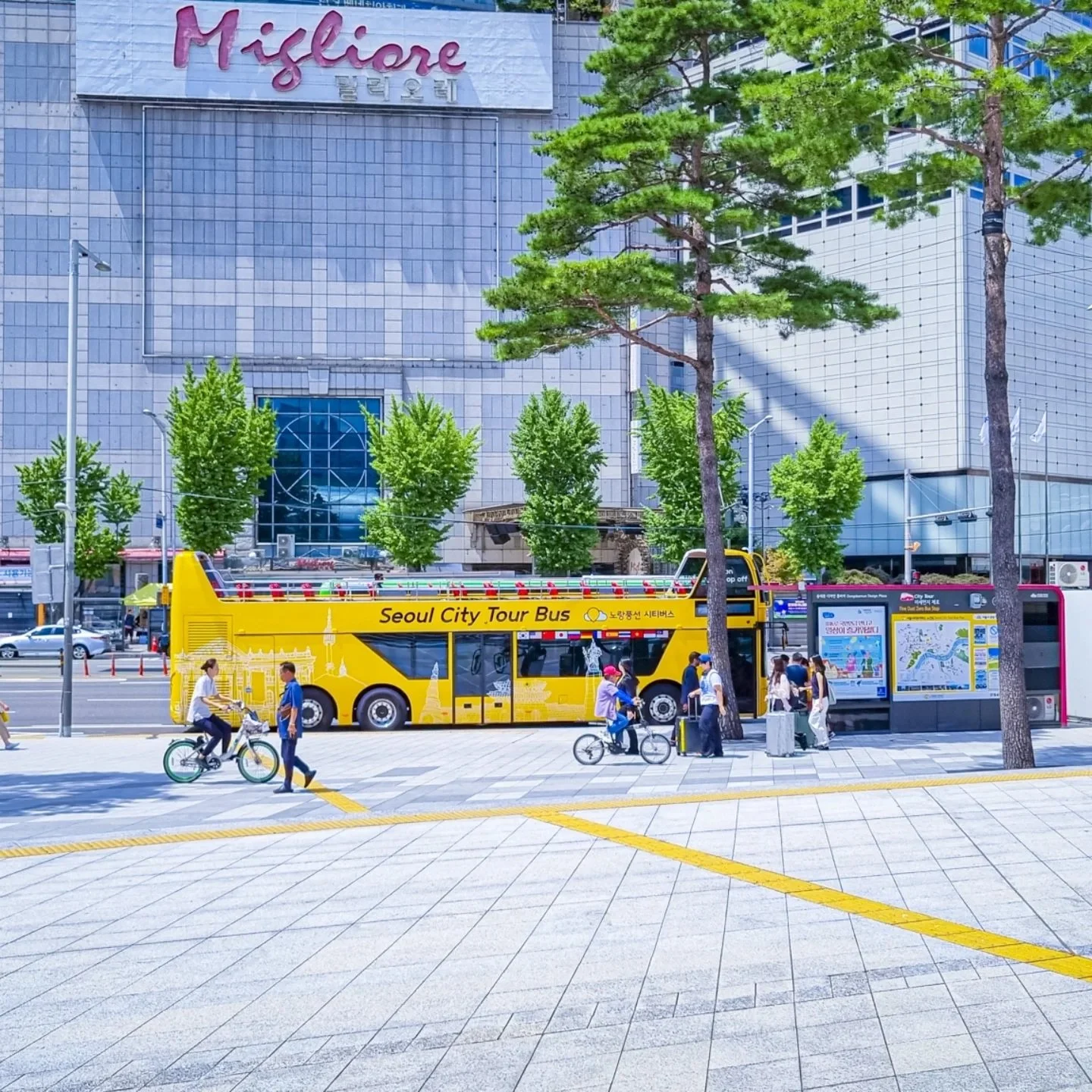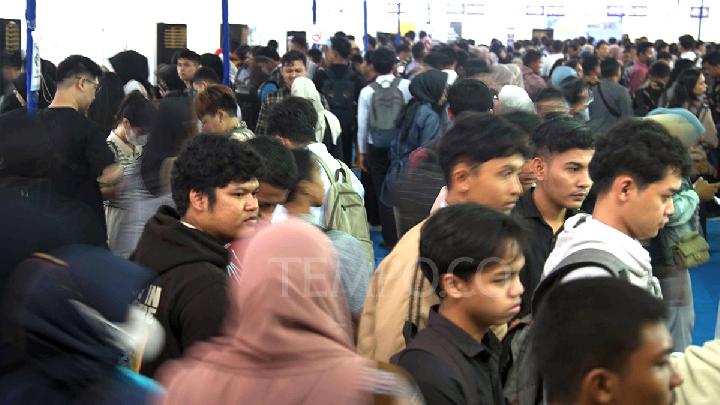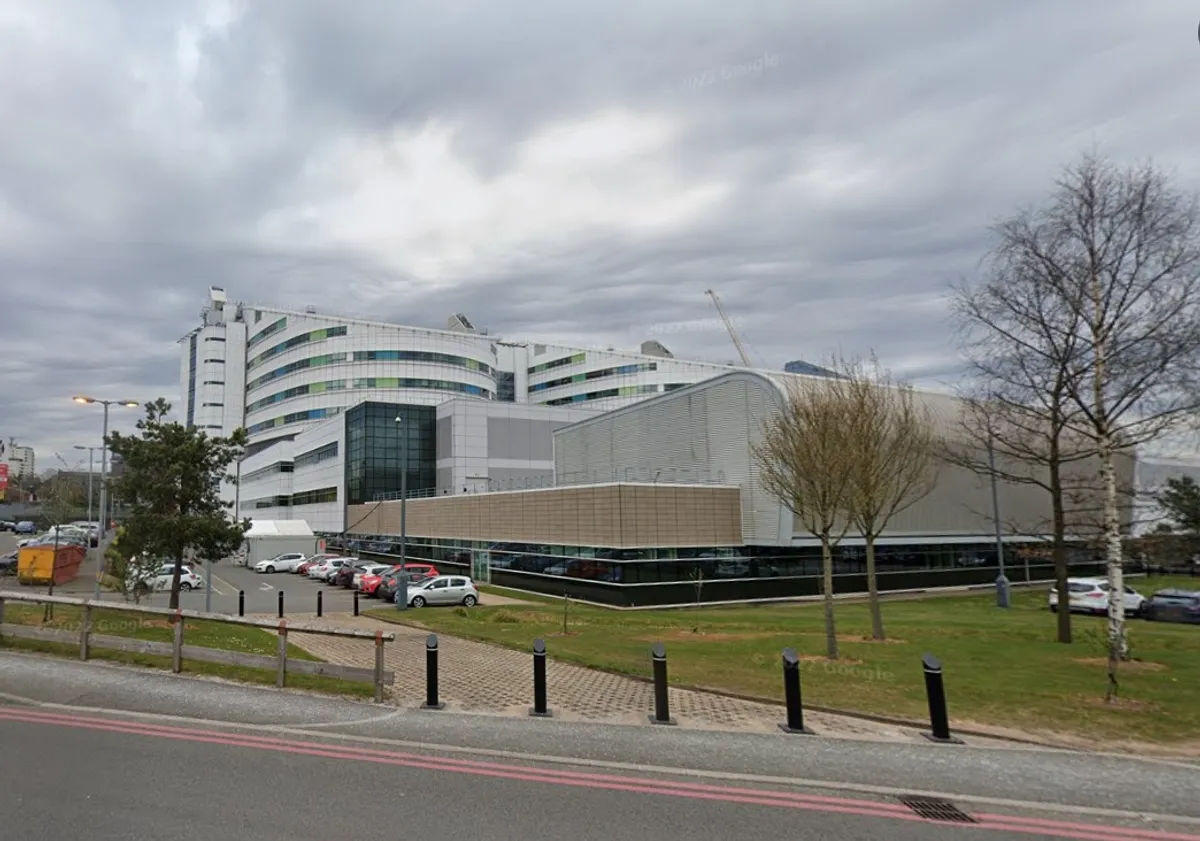By Erika Na
Copyright scmp

Seoul is a vast city with an area of about 605 square kilometres (234 square miles). So it is understandable that visitors may find getting around the South Korean capital daunting.
While the subway system is extensive and efficient, sometimes the best way to get around the city – and to fully immerse oneself in its hustle and bustle – is by bus. What better way to get to know a place intimately than to be in the thick of all the action?
As well as taking riders to specific destinations, buses also provide great city views as they pass different neighbourhoods and landmarks.
But finding the right buses to take in Seoul can be a challenge, given the city’s numerous routes. Here is our guide to bus routes that are popular among tourists for the views they offer and the major attractions they connect.
Seoul 01A Haechi Bus
Of all the public bus routes in Seoul, the 01A loop line stands out. Affectionately known as the Haechi Bus, the route is named after the mythical guardian creature that serves as the city’s mascot.
In Korean folklore, the haechi is a horned, lion-like figure that can ward off disasters; it also stands for fairness and justice. Since 2008, the haechi has been Seoul’s official symbol, and the creatures, which are sometimes represented as furry and adorable, are beloved by the locals.
The buses are decorated to make them look like colourful haechi, while the interiors feature various illustrations of the mascot. The decorations have made the bus a tourist attraction in itself.
Taking a Haechi Bus from Namsan Yejang Bus Transfer Parking Lot provides a surprisingly comprehensive introduction to the heart of Seoul.
The buses pass historic and modern landmarks, including Chungmuro Station and Dongguk University Station, the National Theatre of Korea, N Seoul Tower (a great place to ascend for panoramic views of the city), Namsan and Yongsan public libraries, Namdaemun Market’s accessories district, Gwanghwamun Square, Cheong Wa Dae (the former presidential office and residence), the Insadong cultural street (famous for teahouses and antique shops) and Unhyeongung Palace.
The loop takes passengers around the old walls of Gyeongbokgung Palace, where local joggers meet tourists milling around in traditional Korean hanbok clothing.
Seoul Tiger Bus
For travellers in search of a more structured sightseeing experience, two city tour bus companies operate hop-on, hop-off routes around Seoul, allowing unlimited rides throughout the day with a single ticket.
The Seoul Tiger Bus company currently offers two routes, both of which showcase the traditional and contemporary sides of Seoul.
There are open-top and closed-top options, and all buses are equipped with audio guides in 12 languages. The routes both depart from Gwanghwamun Station:
Downtown Palaces and Namsan Course
This 90-minute route highlights the cultural core of the city, weaving past N Seoul Tower, the Myeongdong shopping district, Namsangol Hanok Village, Changdeokgung Palace, the Insadong neighbourhood, Cheong Wa Dae and Gyeongbokgung Palace.
Buses depart every 30 minutes from 9.20am to 4.50pm. Tickets cost 30,000 won (US$21) for adults and 20,000 won for children, covering unlimited rides for the day.
Nighttime City Lights Course
Departing once daily at 7pm (7.30pm from May to August), buses follow a route along the Han River and around Namsan peak, offering sweeping views of Seoul’s illuminated nighttime cityscape.
Tickets cost 27,000 won for adults and 17,000 won for children.
Yellow Balloon City Bus
Yellow Balloon City Bus tours focus on tradition and nightlife, with two routes both departing from the Dongdaemun Design Plaza.
Traditional Culture Course
Buses on this route depart every 30-40 minutes between 9.30am and 5pm, and pass markets, traditional sites and historic streets.
Stops on this 90-minute route include: Bangsan and Jungbu markets, the Euljiro neighbourhood, Cheong Wa Dae and Tongin Market, Gwanghwamun Square, Seoul Station, Namdaemun Market, the Namsan Oreumi lift to N Seoul Tower, Myeongdong, Jonggak, Insadong, Jongmyo Shrine and Gwangjang Market.
Tickets cost 25,000 won for adults and 18,000 won for children four years old and over. Younger children ride for free.
Night Course
Buses on this night course depart at 6.30pm in October and November and provide great views of Seoul illuminated.
This one-hour non-stop tour passes major landmarks from the Han River bridges to palace gates and neon-lit districts. It offers a romantic, atmospheric view of the city.
Tickets cost 20,000 won for adults and 17,000 won for children four years old and over. Younger children ride for free.



